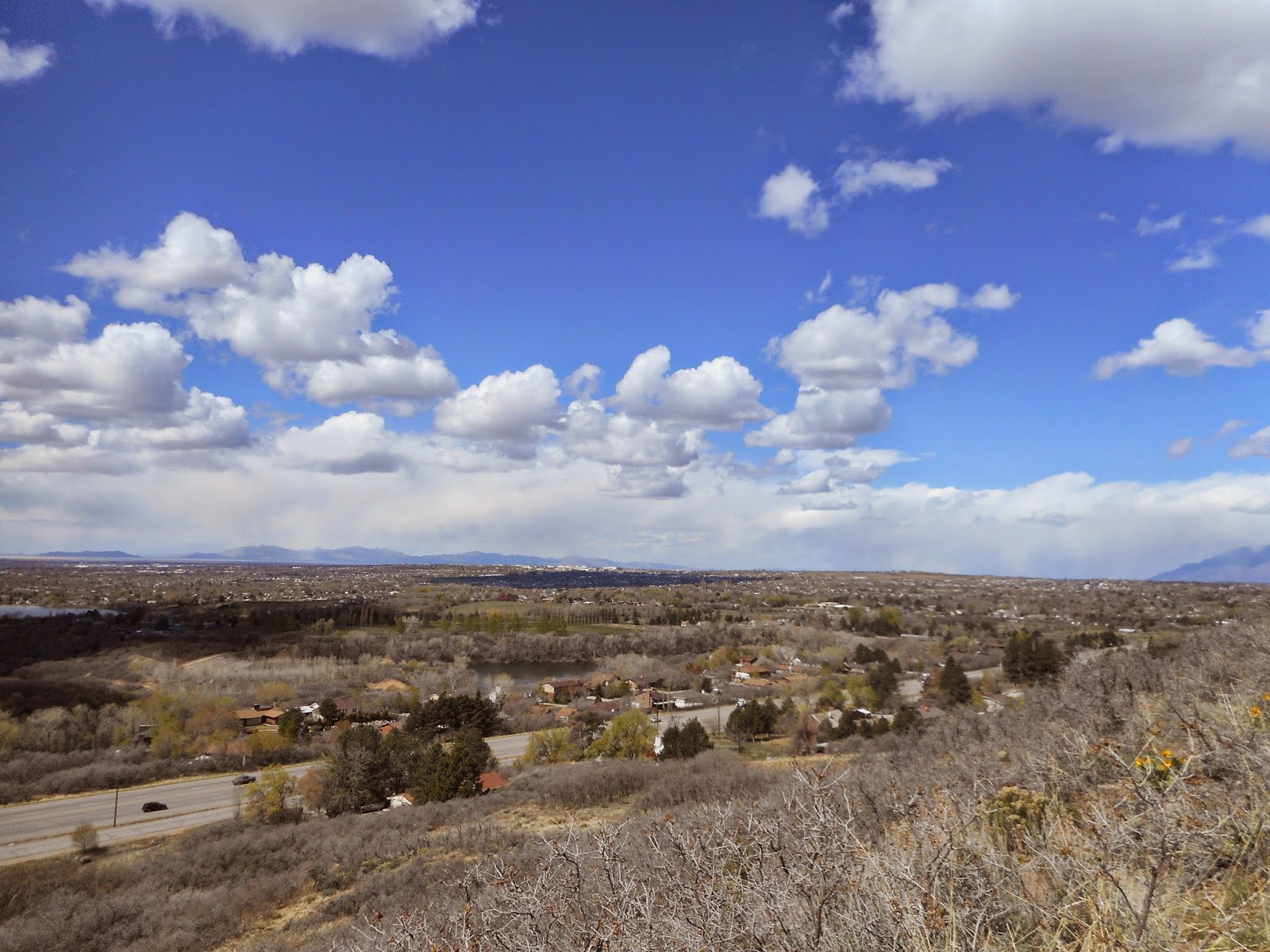IMAGINE a mountain hugging Interstate-15 in North Davis County and Southern Weber County.
I-15 from Farmington to Ogden almost went a different route – Highway 89, instead of today’s western route, near Highway 91.
The Ogden Chamber of Commerce had pushed hard for the Highway 89 freeway option. After all, that offered the most direct access to Ogden City and Weber State College.
However, an independent study revealed that it would be far more costly to build I-15 along the Highway 89 corridor. Also, the western route option offered more direct access to the military installations in the Top of Utah.
And, once a Highway 89 aligned freeway reached Ogden, where would it go northward from there, without impacting large sections of homes and businesses?
According to Glen M. Leonard in his book, “A History of Davis County,” The Federal Interstate Highway Act of 1956 expanded federal subsidies for major state highways and meant Washington paid 95 percent of the costs of such superhighways. So, it wasn’t “if” freeways would be built in Utah, it was just “when.”
Leonard’s book states that increased traffic between Salt Lake City and Ogden is why the Utah State Road Commission chose a six-mile section in south Davis County to be Utah's first highway built to interstate standards.
“In a ceremony in North Salt Lake in January 1958, Governor George D. Clyde launched the project by driving a bulldozer into Amasa Howard's ninety-year-old dairy barn to clear a route for the new $7.3-million segment,” Leonard wrote. “Utah's first section of six-lane divided interstate highway reached north to Pages Lane and was completed in 1962.”
However, original plans did not include any interchanges between Farmington and Bountiful. Centerville had to lobby to eventually gain its own freeway access.
Bids for constructing I-15 in the Ogden area opened in 1963, split into several segments.
After three years work, I-15 from south Layton to Ogden opened on Nov. 23, 1966. A huge advantage with this section meant that Main Street (Highway 91) would no longer be so congested with commuters during shift changes at Hill Air Force Base.
I-15 in Layton.
The I-15 route north of Layton often followed the abandoned Bamberger Railroad route.
The I-15 route north of Layton often followed the abandoned Bamberger Railroad route.
On Dec. 12, 1976, the section of I-15 from the Box Elder-Weber County line to Perry was completed after more than four years of work. This meant I-15 was now continuous from Layton to southern Box Elder County.
However, the Lagoon to Layton section of the interstate was the last section finished in the Ogden area.
The widening and resurfacing of the existing section of Highway 91 from Layton to Lagoon was not open until 1977 through a $10 million project. This finally meant uninterrupted freeway travel existed between Juab County on the south and Box Elder County on the north. Future projects would expand the freeway both north and south.
Leonard also noted that I-15 in Davis County produced a housing boom too.
“The communities along the freeway's route rightly envisioned a new incentive for growth,” Leonard wrote. “Interstate 15 made the greatest difference in the Centerville, Farmington, and Kaysville areas, which had lagged behind other parts of the county because of their distance from both Ogden and Salt Lake City.”
He continued: “Also, as in the Syracuse region, a stable agricultural population existed in the central core. Small subdivisions began appearing in these central cities about the time the interstate began reaching into the county from the south. Suburban sprawl brought the first, small subdivision to Syracuse in that same decade.”
Utahns probably take I-15 for granted today, but inter-city travel in the Top of Utah wasn’t nearly as quick or convenient before the freeway came along.
(-Originally published on-line and in print in the Ogden Standard-Examiner, by Lynn Arave, on April 23-24, 2015.)



No comments:
Post a Comment